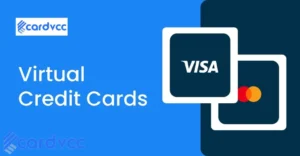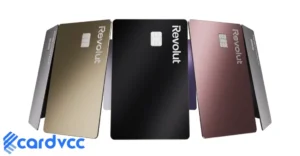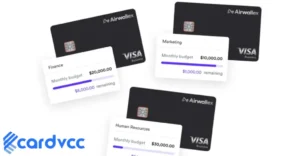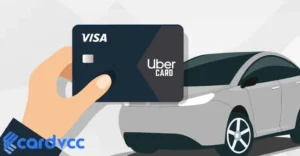Unauthorized charges on a credit card statement can be distressing. Act swiftly to report and dispute these charges.
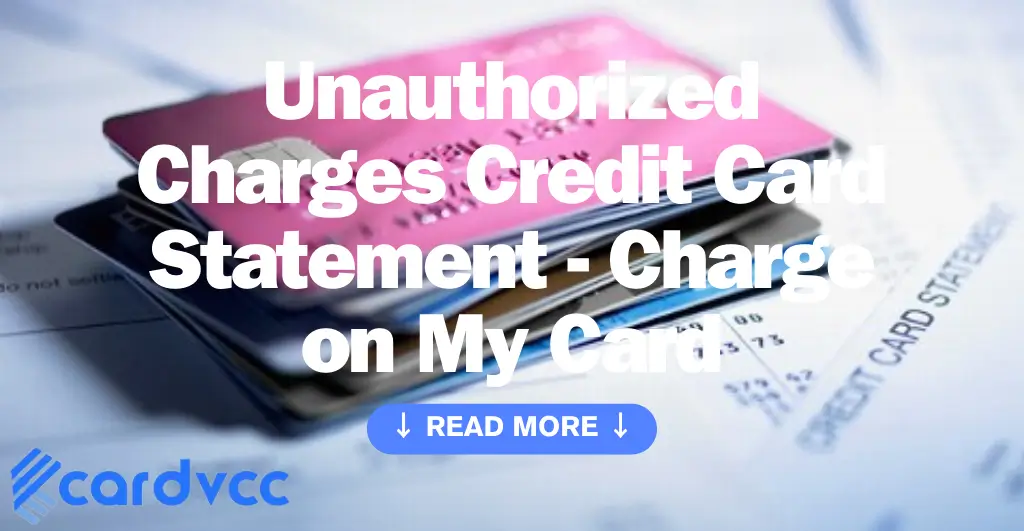
Credit card fraud is a prevalent issue affecting millions globally. Identifying and addressing unauthorized charges promptly is crucial to mitigate financial losses. Unauthorized transactions can occur due to various reasons, such as stolen card details or compromised accounts. It is essential to regularly monitor your statements for any discrepancies.
Immediate action helps secure your account and potentially recover lost funds. Contact your card issuer to report any suspicious activity. They can guide you through the dispute process and take the necessary steps to protect your account. Staying vigilant and proactive ensures your financial security and peace of mind.
Spotting Unauthorized Charges
Unauthorized charges on your credit card can disrupt your finances. Spotting them early is crucial. This section will guide you through identifying these charges efficiently.
Initial Signs
The first step to spotting unauthorized charges is vigilance. Regularly review your credit card statements. Look for any unfamiliar transactions. These could be small amounts, often under $10. Thieves test the waters with minor charges. If these go unnoticed, they may proceed with larger transactions.
Another sign is receiving alerts for transactions you didn’t make. Many banks offer real-time notifications. Enable these alerts to stay informed. If your card is declined unexpectedly, this could also indicate fraudulent activity.
- Unfamiliar transactions
- Small, test charges
- Unexplained alerts
- Unexpected card decline
Common Types
There are several common types of unauthorized charges:
| Type | Description |
|---|---|
| Phishing | Scammers obtain card details through fake emails or websites. |
| Card Skimming | Devices capture card information during legitimate transactions. |
| Data Breaches | Hackers steal card information from businesses. |
| Friendly Fraud | Someone close to you uses your card without permission. |
Phishing involves tricking you into providing your card details. Be cautious of emails requesting personal information. Always verify the sender’s authenticity.
Card Skimming happens when a device captures your card’s data. This often occurs at ATMs or gas stations. Inspect card readers for any unusual attachments.
Data Breaches can expose your card information. Protect yourself by using cards with strong fraud protection features.
Friendly Fraud is committed by someone you trust. Keep your card details private, even from friends and family.
Immediate Steps To Take
Discovering unauthorized charges on your credit card statement can be alarming. Taking immediate action is crucial to protect your finances and secure your account. Below are key steps you should follow to address unauthorized charges swiftly and effectively.
Contact Your Bank
Call your bank immediately upon noticing unauthorized charges. Use the customer service number on the back of your credit card.
- Provide details of the unauthorized transaction.
- Request the bank to block your card to prevent further charges.
Ask for a replacement card with a new number. This step helps to prevent future unauthorized transactions.
Ensure you follow up with an email or written letter. This provides a record of your communication with the bank.
Secure Your Account
Change your online banking passwords immediately. Use a strong, unique password that includes numbers, letters, and symbols.
- Enable two-factor authentication for an extra layer of security.
- Update passwords for other accounts linked to your card.
Monitor your account for additional unauthorized charges. Check your statements regularly and report any suspicious activity to your bank right away.
Notify credit bureaus about the unauthorized charges. This can help protect your credit score from fraudulent activities.
Understanding Your Rights
Unauthorized charges on your credit card statement can be a nightmare. Understanding your rights can help you navigate these situations effectively. This section will explore your rights under consumer protection laws and bank policies.
Consumer Protection Laws
Consumer protection laws are in place to safeguard you against unauthorized charges. The Fair Credit Billing Act (FCBA) is a federal law. This law limits your liability for unauthorized charges to $50. If you report the issue promptly, you may not have to pay even that amount.
- Zero Liability Policy: Many credit card issuers offer zero liability for unauthorized transactions.
- Dispute Process: You have the right to dispute unauthorized charges. Contact your card issuer as soon as you notice the charge.
- Billing Errors: The FCBA also covers billing errors. This includes incorrect amounts and charges for goods not delivered.
Bank Policies
Banks have their policies to protect you from unauthorized charges. These policies often go beyond what the law requires. It’s important to know your bank’s specific policies.
| Policy | Description |
|---|---|
| Fraud Detection | Many banks have advanced fraud detection systems. These systems monitor your account for suspicious activity. |
| Immediate Action | If you report unauthorized charges, banks often take immediate action. This can include freezing your account or issuing a new card. |
| Refunds | Banks may issue temporary refunds while investigating the charges. This ensures you are not out of pocket. |
Understanding your rights under consumer protection laws and bank policies is crucial. It can help you take prompt action and minimize your losses. Always review your credit card statements carefully and report any suspicious charges immediately.
Investigation Process
Unauthorized charges on a credit card statement can be alarming. The investigation process aims to resolve these issues efficiently. This section details the steps banks take to investigate such charges.
Bank’s Procedure
Banks follow a strict procedure to investigate unauthorized charges. Here are the key steps involved:
- Report the unauthorized charge: Contact your bank immediately.
- Verification: The bank verifies your claim and blocks your card.
- Evidence collection: The bank collects relevant transaction details and any evidence you provide.
- Investigation: The bank’s fraud team examines the unauthorized charge.
- Communication: The bank keeps you updated throughout the process.
Duration And Outcome
The duration of the investigation varies, but most banks resolve cases within 30 days. The outcome depends on the investigation findings:
| Scenario | Outcome |
|---|---|
| The charge found to be legitimate | Refund issued to your account |
| The charge was found to be legitimate | No refund issued |
| Insufficient evidence | The case may be reopened or closed without a refund |
Always keep track of your credit card statements. Report any discrepancies promptly to ensure a smooth investigation process.
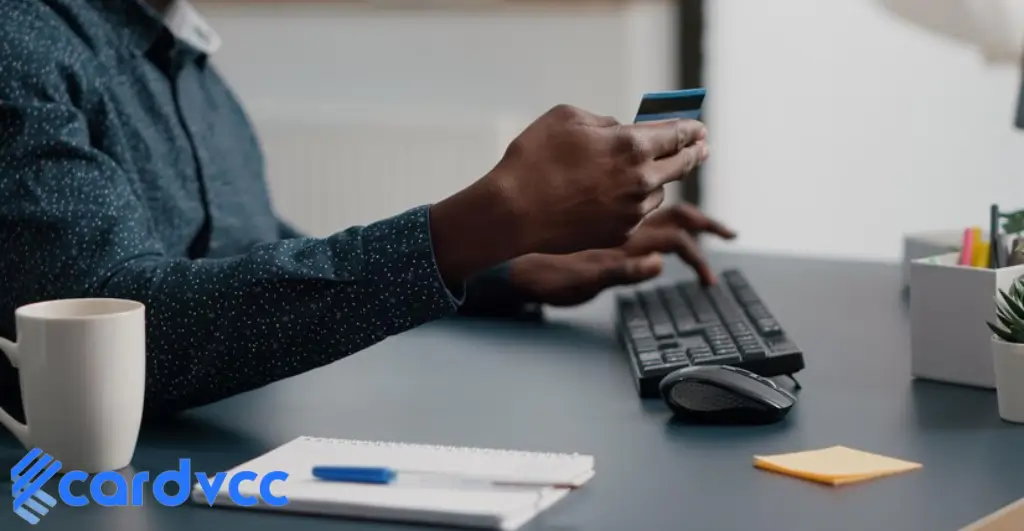
Preventing Future Incidents
Unauthorized charges on your credit card statement can be alarming. Taking steps to prevent future incidents is crucial. This section offers practical tips for safe online shopping and monitoring your statements effectively.
Safe Online Shopping
Shopping online is convenient but can be risky. Ensure your online shopping is safe by following these tips:
- Use secure websites: Look for “https” in the URL and a padlock icon.
- Create strong passwords: Use a mix of letters, numbers, and symbols.
- Enable two-factor authentication: Add an extra layer of security to your accounts.
- Avoid public Wi-Fi: Use a secure network for online purchases.
- Keep software updated: Regularly update your browser and security software.
Monitoring Statements
Regularly checking your credit card statements can help you spot unauthorized charges early. Here are some tips for effective monitoring:
- Check statements monthly: Review your statements as soon as they arrive.
- Set up alerts: Receive notifications for unusual activity or large transactions.
- Use mobile apps: Monitor your account on the go with your bank’s mobile app.
- Report discrepancies immediately: Contact your bank if you spot any unauthorized charges.
By adopting these practices, you can reduce the risk of unauthorized charges and keep your finances secure.
Dispute Resolution
Unauthorized charges on your credit card statement can be a stressful experience. Knowing how to resolve these disputes is crucial. The dispute resolution process helps you correct these unauthorized charges and safeguard your finances.
Filing A Claim
Begin by contacting your credit card issuer. Inform them about the unauthorized charge. Most banks have a dedicated customer service number for such issues. Keep your card details handy. You will need them to identify the transaction in question.
Next, write a formal dispute letter. Include these details:
- Your name
- Credit card number
- Date of the disputed charge
- Amount of the disputed charge
- Reason for the dispute
Send the letter to the card issuer’s billing inquiries address. Ensure you send it within 60 days of the statement date.
Following Up
After filing the claim, follow up with your bank. Ensure they receive your dispute letter. Banks usually acknowledge your dispute within 30 days.
During the investigation, the bank may ask for additional information. Always provide the requested documents promptly. This speeds up the resolution process.
Keep an eye on your email and phone for any updates. Banks usually resolve disputes within two billing cycles. This is about 90 days.
Finally, review your credit card statements regularly. This helps catch unauthorized charges early. It also makes dispute resolution quicker and easier.
Impact On Credit Score
Unauthorized charges on your credit card can be stressful. These charges can affect your credit score negatively. Understanding the impact and recovery steps is crucial.
Temporary Effects
Unauthorized charges can cause a sudden drop in your credit score. This happens because your credit utilization rate may increase. High credit utilization can signal financial distress to creditors.
Late payments due to unauthorized charges can hurt your credit score. If you don’t notice the charges in time, you might miss the payment deadline. Late payments are one of the most significant factors affecting your credit score.
Recovery Steps
Report the unauthorized charges immediately to your credit card issuer. Quick reporting helps in freezing your card and preventing further damage.
Dispute the charges with your credit card company. Provide any evidence you have to support your claim. Once the dispute is resolved, your credit card issuer will remove the unauthorized charges.
Check your credit report regularly. Ensure the unauthorized charges are removed and there are no lingering issues. You can get a free credit report from each of the three major credit bureaus once a year.
Consider setting up alerts for any new charges on your credit card. These alerts can help you catch unauthorized charges early and take immediate action.
Below is a table showing the steps to recover from unauthorized charges:
| Step | Action |
|---|---|
| 1 | Report unauthorized charges to your card issuer |
| 2 | Dispute the charges |
| 3 | Monitor your credit report |
| 4 | Set up charge alerts |
By following these steps, you can minimize the impact on your credit score. Stay vigilant and proactive to protect your financial health.
Legal Actions
Discovering unauthorized charges on your credit card statement can be alarming. Taking the right legal action can help you resolve the issue. This section will guide you on when to consider seeking legal advice and what steps you can take.
When To Consider
Consider legal actions when unauthorized charges persist despite reporting them. If the credit card company fails to resolve the issue, legal action may be necessary. Persistent unauthorized charges can indicate fraud.
When your financial institution is unresponsive or unsupportive, legal action becomes crucial. Your financial security and credit score are at risk.
Seeking Legal Advice
Consult a lawyer specializing in consumer rights and credit card fraud. They can guide your specific situation. A lawyer can also help you understand your rights under the Fair Credit Billing Act (FCBA).
Bring all relevant documents when meeting with a lawyer. This includes credit card statements, correspondence with your bank, and any other evidence. Proper documentation strengthens your case.
| Step | Action |
|---|---|
| 1 | Report unauthorized charges to your credit card issuer |
| 2 | Contact a consumer rights attorney |
| 3 | Gather all necessary documentation |
| 4 | Discuss your case with the attorney |
| 5 | Follow the legal advice provided |
- Keep a record of all communications related to the unauthorized charges.
- Monitor your credit report for any unusual activity.
- Stay vigilant about your financial statements.
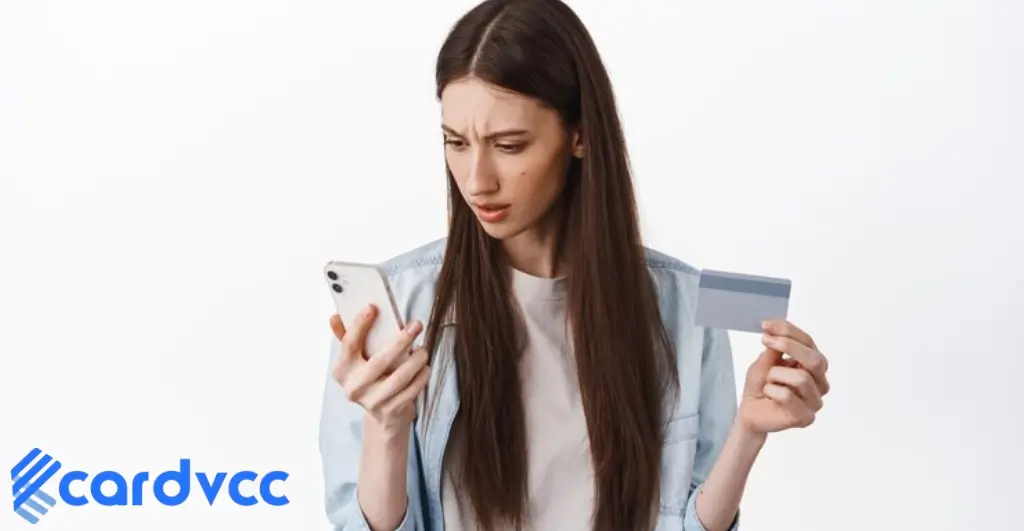
Frequently Asked Questions Of Unauthorized Charges Credit Card Statement
What To Do If I See A Transaction I Don’t Recognize?
Immediately contact your bank or card issuer. Verify the transaction details. Report any suspicious activity. Monitor your account closely for further discrepancies. Update your passwords and secure your accounts.
How Do I Find Out Where My Credit Card Charge Came From?
Check your credit card statement for merchant details. Use online banking or call your credit card issuer. Search transactions by date and amount.
How Do I Dispute A Charge On My Credit Card Statement?
To dispute a charge, contact your credit card issuer. Provide details of the disputed transaction. Follow their dispute process. Keep records of all communication. Monitor your statement for updates.
What If My Credit Card Charges Without Authorization?
Contact your credit card issuer immediately. Report the unauthorized charge. Request a chargeback. Change your account passwords. Monitor your account for further unauthorized activity.
Conclusion
Dealing with unauthorized charges on your credit card statement can be stressful. Always monitor your statements regularly. Report any suspicious activity to your bank immediately. Taking these steps can help protect your finances. Stay vigilant and proactive to avoid potential financial losses.
Protecting your credit card information is essential for your financial security.
Read More- 10 Best Virtual Credit Card Apps In USA

